Growing allium seeds is a rewarding process that adds unique beauty and charm to any garden. Alliums, commonly known as ornamental onions, are prized for their striking globe-shaped flowers and low-maintenance nature. Their blooms come in a variety of colors, including purple, white, and pink, making them an excellent addition to flower beds, borders, or even container gardens.
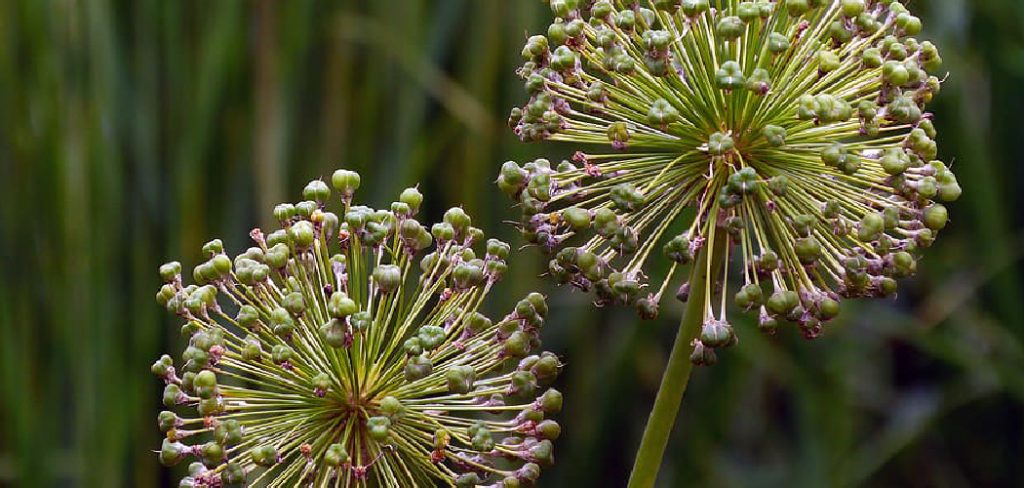
With a little patience and proper care, allium seeds can successfully grow into stunning plants that attract pollinators and enhance your outdoor space. This guide on how to grow allium seeds will walk you through the essential steps to grow allium seeds effectively.
Understanding Allium Seeds
Allium seeds are the starting point for cultivating these unique and ornamental plants. These seeds are typically small, black, and slightly angular in shape, housed within the dried flower heads of mature allium plants. They are the product of pollinated flowers and provide an accessible way to propagate new plants.
While growing alliums from seeds takes longer than planting bulbs, it allows gardeners to enjoy the full growth cycle, from germination to flowering. Additionally, starting from seeds can yield a larger number of plants, making it a budget-friendly option for expanding your garden. Understanding the characteristics and requirements of allium seeds is crucial for achieving healthy and vibrant plants.
Tools & Materials Needed
- Fresh, Viable Allium Seeds
- Seed Trays or Small Pots With Drainage Holes
- Seed-starting Mix (Light, Well-draining Soil)
- Spray Bottle or Watering Can
- Clear Plastic Wrap or Humidity Dome (Optional)
- Labels or Markers
- Outdoor Bed (for Direct Sowing)
7 Step-by-Step Guides on How to Grow Allium Seeds
Step 1: Choose the Right Time for Planting
Timing is crucial when it comes to successfully growing allium seeds. These seeds prefer cooler temperatures to germinate effectively. The ideal time to start planting is in early spring or late fall, depending on your region’s climate.
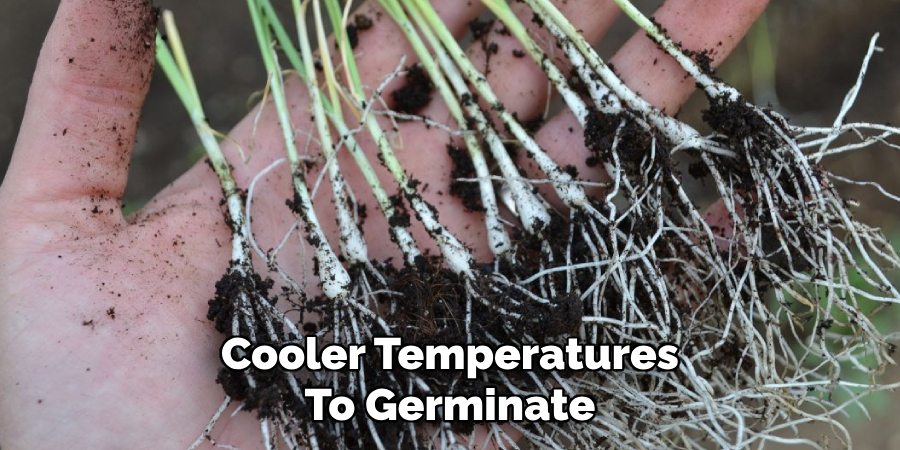
If sowing indoors, begin 8-10 weeks before the last frost date in your area. For outdoor sowing, ensure the soil is workable and temperatures are consistently cool but not freezing. Proper timing sets the foundation for healthy growth and bountiful blooms.
Step 2: Prepare Your Seed-Starting Trays or Pots
Choose clean, well-draining trays or pots to give your allium seeds the best start. Fill them with a high-quality seed-starting mix that is light, moist, and rich in organic matter to support germination.
Avoid using garden soil, as it might be too heavy and could impede root growth. Gently press the soil to create an even surface, but do not compact it too tightly, as this can restrict airflow and water drainage. Ensuring the trays or pots have drainage holes is essential to prevent waterlogging, which could damage the developing seeds.
Step 3: Sow Your Allium Seeds
Scatter your allium seeds evenly across the surface of the prepared soil. Aim to space them out to give each seed enough room to grow without overcrowding. After sowing, lightly cover the seeds with a thin layer of the seed-starting mix, no more than 1/4 inch deep, as most allium seeds require light to germinate.
Gently mist the surface with water to settle the seeds into place without washing them away. Be careful not to bury the seeds too deeply, as this can hinder their ability to sprout.
Step 4: Provide Adequate Lighting
After planting, ensure your allium seeds receive plenty of light to support proper germination and growth. Place the seed trays or pots in a location where they will receive bright, indirect sunlight for most of the day. Alternatively, if natural light is insufficient, use a grow light positioned a few inches above the soil surface to simulate optimal daylight conditions.
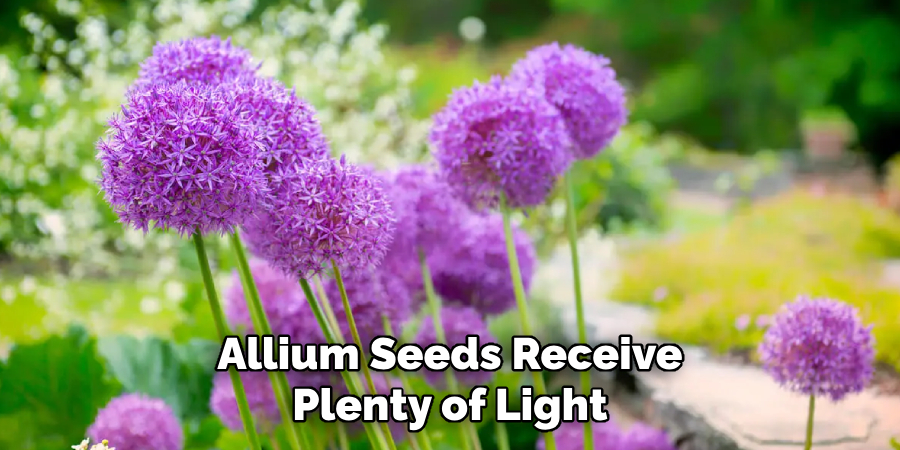
Aim to provide 12-16 hours of light daily to mimic the long daylight hours that alliums thrive in. Consistent lighting is crucial during this stage, as it encourages healthy sprouting and prevents seedlings from becoming leggy or weak.
Step 5: Maintain Consistent Moisture Levels
Keeping the soil consistently moist is vital for the successful growth of allium seedlings. Water the soil gently and evenly, ensuring it stays damp but not waterlogged. Avoid letting the soil dry out completely, as this can hinder germination and stunt early growth. To maintain proper moisture, consider using a spray bottle or a watering can with a fine nozzle to avoid disturbing the delicate seedlings.
Additionally, covering the trays or pots with a humidity dome or plastic wrap can help retain moisture, but make sure to provide ventilation to prevent mold or fungal growth. Regularly check the soil’s moisture levels and adjust your watering schedule as needed to support ongoing growth.
Step 6: Fertilize as Needed
Once your seedlings have developed their first true leaves, it’s time to provide them with the nutrients they need to grow strong and healthy. Use a balanced, water-soluble fertilizer diluted to half-strength to avoid overwhelming the young plants. Apply the fertilizer during one of your regular watering sessions, ensuring it reaches the roots where it can be absorbed efficiently.
Be cautious not to over-fertilize, as this can harm the delicate seedlings. Depending on the type of plants you’re growing, you may need to adjust the frequency and type of fertilizer used, so always refer to the specific needs of your plants for the best results. Regular feeding will support vigorous development and prepare plants for the transition to outdoor or larger containers.
Step 7: Transplanting
When your allium seedlings have grown to about 3 inches tall and have at least three sets of true leaves, they are ready to be transplanted into larger containers or outside in the garden. Gently remove the seedlings from their current container and carefully separate any tangled roots before transplanting them into their new location. Be sure to water thoroughly after transplanting.
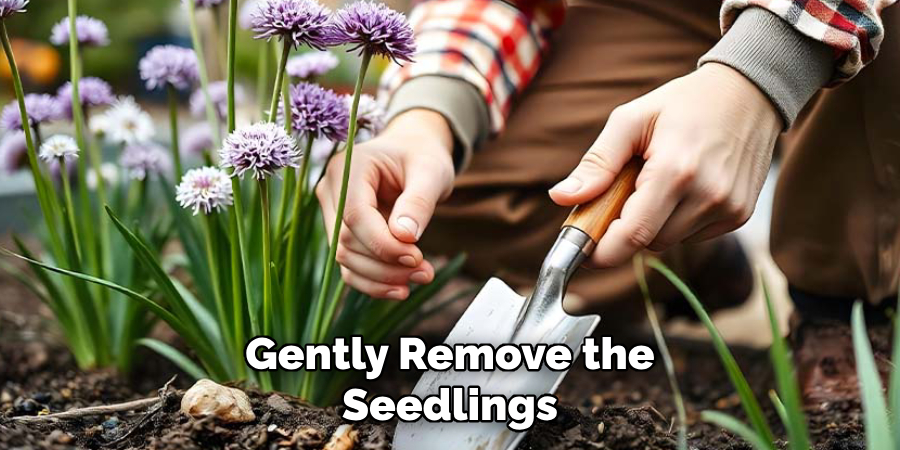
Following these steps on how to grow allium seeds will ensure a successful germination and growth of your allium plants. With proper care and attention, your alliums will provide beautiful blooms in the spring or summer and add a unique touch to your garden.
Germination and Early Care
Proper germination and early care are essential for the healthy development of your allium plants. During germination, keep the soil consistently moist but not waterlogged, as excess water can lead to rot. Place the seed trays or containers in a location with good sunlight, or use a grow light if natural light is insufficient. The ideal temperature for germination is between 60-70°F (15-21°C), which encourages steady growth.
Once the seedlings emerge, continue to provide adequate light for at least 12-16 hours a day and maintain consistent moisture in the soil. It is also important to watch for overcrowding and thin out weaker seedlings if necessary, ensuring the stronger ones have enough space to grow. With careful attention during this phase, your allium plants will establish a strong foundation for further development.
Additional Growing Tips
To ensure your allium plants thrive, consider these additional growing tips. First, plant alliums in well-drained soil to prevent root rot, as they do not tolerate waterlogging. Choose a sunny location, as alliums perform best in full sun, which helps them produce vibrant blooms. Mulching around the base of the plants can help retain soil moisture while suppressing weeds.
Additionally, fertilize your alliums with a balanced fertilizer during their growing season to encourage healthy growth. Finally, once the plants have finished blooming, allow the foliage to die back naturally—this allows the bulbs to store energy for the next season. By following these tips, your garden will flourish with the beauty of alliums year after year.
Frequently Asked Questions
Q: What is the Best Time to Plant Alliums?
A: The best time to plant alliums is in the fall, typically between September and December, depending on your location. This allows the bulbs to establish roots before the ground freezes, ensuring proper growth in the spring.
Q: Can I Plant Alliums in Containers?
A: Yes, alliums can be planted in containers as long as they have adequate drainage. Use a well-draining potting mix and make sure to water regularly during their growing season.
Q: How Deep Should I Plant Allium Bulbs?
A: Allium bulbs should be planted at least 4 inches deep, with larger varieties needing to be placed deeper (up to 8 inches). This helps protect them from harsh weather conditions and encourages strong root development.
Q: Do Alliums Attract Bees and Butterflies?
A: Yes, alliums are known to attract bees and butterflies with their brightly colored flowers. This makes them a great addition to any pollinator garden.
Q: How Do I Care for Alliums After They Bloom?
A: Once the flowers have faded, you can remove the flower head but leave the stem and foliage intact. The leaves are important for helping replenish the bulb’s energy for next year’s growth. You can also fertilize lightly to provide additional nutrients.
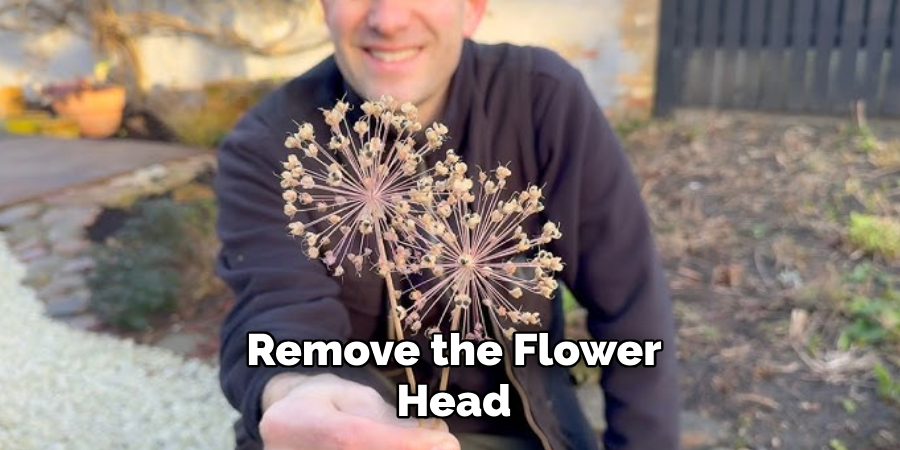
Conclusion
Growing allium seeds can be a fun and rewarding experience for any gardener. From selecting the right location to transplanting, each step is important in ensuring healthy growth and vibrant blooms.
With patience and proper care, you can enjoy these stunning flowers in your garden year after year. So go ahead and give it a try – you’ll be amazed at the results! Don’t forget to share your allium gardening journey with fellow gardeners and spread the joy of growing these unique and beautiful flowers. Thanks for reading this article on how to grow allium seeds.
About
Jennifer Branett is a distinguished figure in the world of Garden design, with a decade of expertise creating innovative and sustainable indoor solutions. His professional focus lies in merging traditional craftsmanship with modern manufacturing techniques, fostering designs that are both practical and environmentally conscious. As the author of garden, Jennifer delves into the art and science of garden-fix, inspiring artisans and industry professionals alike.
Education RMIT University
(Melbourne, Australia) Associate Degree in Design (Jennifer Branett) Focus on sustainable design, industry-driven projects, and practical craftsmanship. Gained hands-on experience with traditional and digital manufacturing tools, such as CAD and CNC software.
Nottingham Trent University
(United Kingdom) Bachelor’s in Garden and Product Design (Honors) Specialized in product design with a focus on blending creativity with production techniques. Participated in industry projects, working with companies like John Lewis and Vitsoe to gain real-world insights.Publications and Impact
In indoor, Jennifer Branett his insights on Garden design processes, materials, and strategies for efficient production. His writing bridges the gap between artisan knowledge and modern industry needs, making it a must-read for both budding designers and seasoned professionals.
